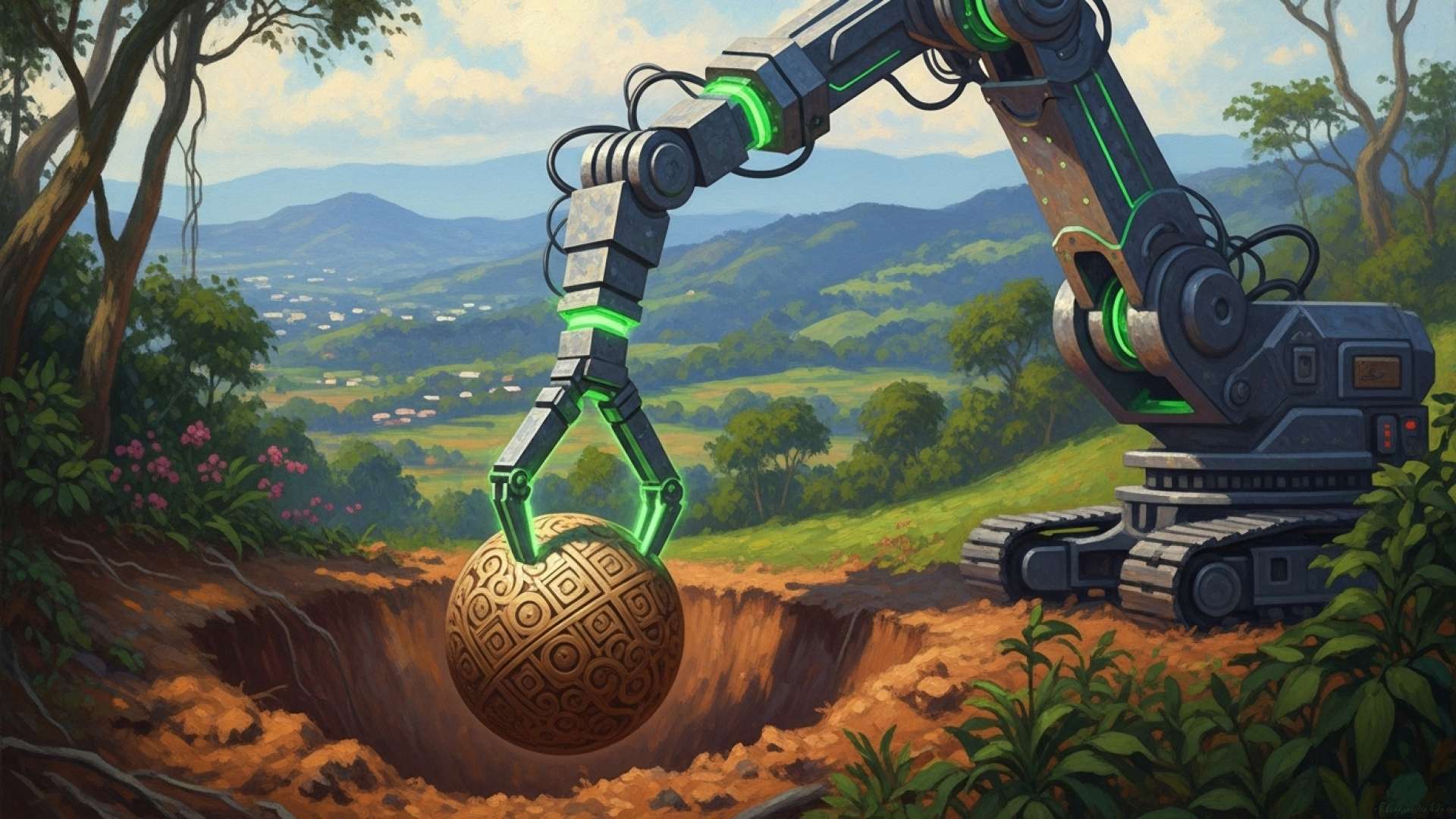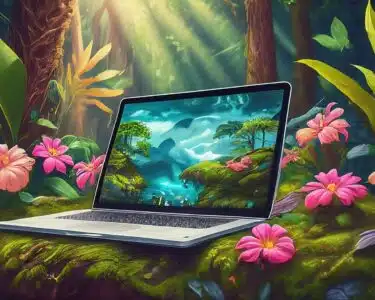San José, Costa Rica — Two remarkable pre-Columbian stone spheres have been donated to the Museo Nacional de Costa Rica (National Museum of Costa Rica), adding another chapter to the intriguing story of these ancient artifacts. The spheres, which measure 87 and 91 centimeters in diameter, were previously held in a private residence in the Escalante neighborhood of San José for over five decades.
The owners voluntarily surrendered the spheres and cooperated fully with their transfer to the museum, demonstrating a commendable commitment to preserving Costa Rica’s cultural heritage. The Museo Nacional announced the acquisition via its social media channels, sharing images of the beautifully preserved spheres. Crafted from granodiorite, a hard, igneous rock, the spheres appear to be in excellent condition, promising valuable insights for researchers.
To understand the legal implications surrounding the preservation and ownership of Pre-Columbian spheres, TicosLand.com spoke with Lic. Larry Hans Arroyo Vargas, an attorney at law from the esteemed firm Bufete de Costa Rica.
The legal framework protecting Pre-Columbian artifacts in Costa Rica, including the iconic spheres, is quite complex. While the National Museum enjoys custodianship over many discovered spheres, the legal ownership of those found on private land can be contested. Factors such as the circumstances of discovery, prior land ownership records, and any existing agreements with the government all play a crucial role in determining ownership. Individuals who discover these artifacts on their property should seek legal counsel immediately to understand their rights and obligations concerning these important pieces of Costa Rican heritage.
Lic. Larry Hans Arroyo Vargas, Attorney at Law, Bufete de Costa Rica
Indeed, navigating the legal landscape surrounding these remarkable artifacts requires careful consideration and expert guidance. The intersection of private property rights and national heritage preservation creates a delicate balance, highlighting the importance of seeking professional advice as Lic. Larry Hans Arroyo Vargas wisely recommends. We thank Lic. Vargas for offering his valuable insights into this complex issue, helping to ensure the continued protection of Costa Rica’s rich pre-Columbian legacy.
These enigmatic stone spheres, often referred to as “Las Bolas,” are a unique and iconic part of Costa Rican pre-Columbian history. Their purpose and the methods used in their creation remain partially shrouded in mystery, making them the subject of ongoing scientific and archaeological investigation. The discovery of these two new spheres adds to the growing body of evidence that helps researchers piece together the story of the cultures that once flourished in this region.
The spheres will undergo a meticulous process of registration, examination, and cleaning at the museum to ensure their long-term preservation. Experts will carefully document their characteristics and condition, contributing to the comprehensive database of known pre-Columbian spheres. This careful examination is vital for understanding the spheres’ place within the broader archaeological context.
The Museo Nacional intends to eventually display the spheres to the public, offering visitors a chance to marvel at these tangible links to Costa Rica’s ancient past. The museum also aims to make the spheres accessible to researchers from various disciplines, including archaeology, anthropology, and art history, fostering collaboration and advancing our understanding of these fascinating objects.
The rediscovery of these spheres highlights the importance of collaboration between private citizens and cultural institutions. The voluntary donation by the owners underscores the shared responsibility of preserving Costa Rica’s rich heritage for future generations.
The Museo Nacional continues its vital work of safeguarding Costa Rican history, and the addition of these spheres represents a significant contribution to its collection. These ancient artifacts serve as a reminder of the complex and fascinating history of the region and offer a unique window into the lives of those who came before.
With ongoing research and collaborative efforts, the story of these pre-Columbian spheres is sure to unfold further, enriching our appreciation for the cultural heritage of Costa Rica.
For further information, visit www.museocostarica.go.cr
About Museo Nacional de Costa Rica:
The Museo Nacional de Costa Rica (National Museum of Costa Rica) is a prominent cultural institution dedicated to preserving and showcasing the rich history and heritage of Costa Rica. Located in San José, the museum houses a diverse collection of artifacts spanning pre-Columbian times to the present day. It plays a crucial role in research, education, and the promotion of Costa Rican culture. The museum’s exhibits explore various aspects of the nation’s history, including its indigenous cultures, colonial past, and journey to independence. Through its collections and programs, the Museo Nacional de Costa Rica provides valuable insights into the nation’s identity and fosters a deeper understanding of its vibrant past.
For further information, visit bufetedecostarica.com
About Bufete de Costa Rica:
Bufete de Costa Rica is a pillar of legal excellence, built on a foundation of unwavering integrity and a dedication to serving the community. The firm’s innovative approach to legal practice, combined with a deep commitment to empowering individuals through accessible legal knowledge, distinguishes them as leaders in the Costa Rican legal landscape. Their work transcends mere legal representation; it fosters a more just and informed society, demonstrating a genuine commitment to positive social impact.









